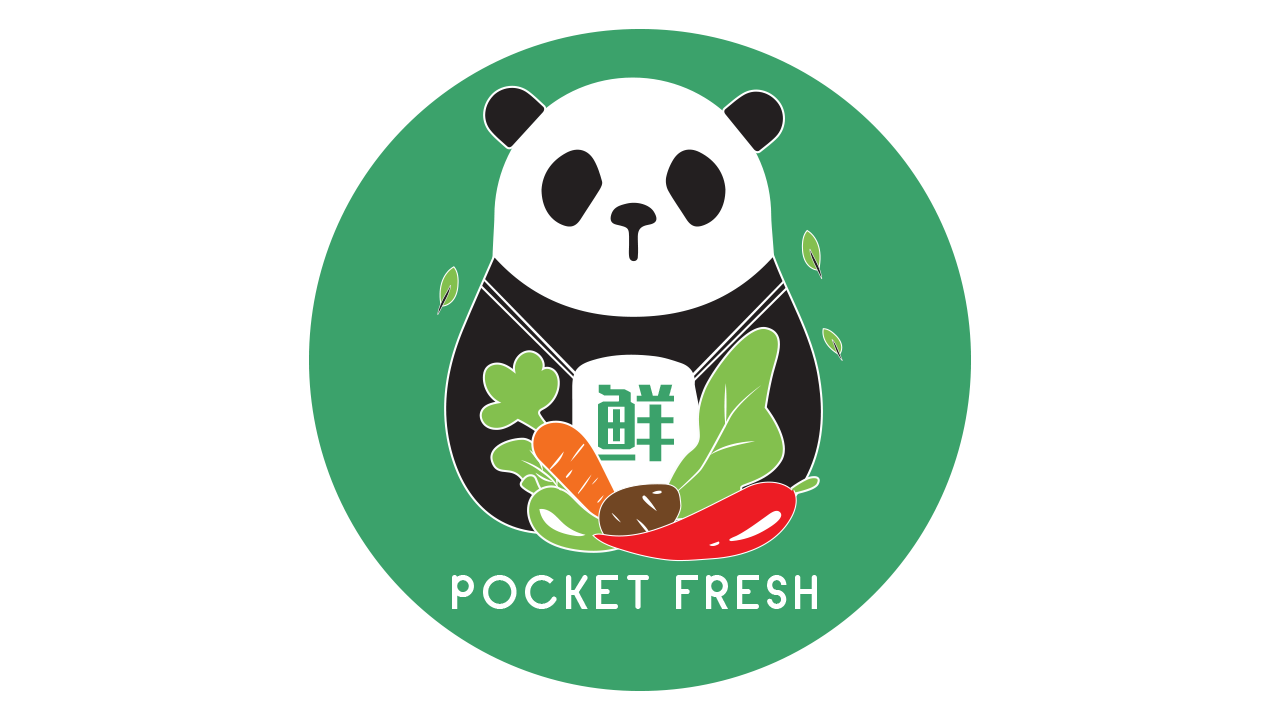Online News Accessibility: Breaking Down Limitations
Access to information has by no means been simpler, thanks to the proliferation of online news sources. The internet has revolutionized the way we consume news, making it possible to remain informed about present events from world wide with just just a few clicks. However, while on-line news presents unparalleled comfort, it’s vital to acknowledge that not everybody has equal access to this valuable resource. The digital divide, along with various other obstacles, can hinder individuals from fully benefiting from on-line news. In this article, we will discover the importance of online news accessibility and focus on the efforts being made to break down these barriers.
The Digital Divide:
The digital divide refers back to the hole between those that have access to the internet and digital applied sciences and people who do not. This divide is often formed by socioeconomic factors, geographic location, and age. In lots of parts of the world, there are still communities without reliable internet access, leaving them cut off from the wealth of information available online. Bridging this divide is essential to ensure that everyone has an equal opportunity to stay informed and engaged within the digital age.
Accessibility for People with Disabilities:
One other essential side of on-line news accessibility is ensuring that individuals with disabilities can simply access and understand the content. This contains making news websites and apps compatible with screen readers and other assistive technologies. It additionally involves providing various formats, reminiscent of transcripts for movies and audio descriptions for images, to make news content material accessible to individuals with visual or hearing impairments. The World Broad Web Consortium (W3C) has established guidelines and standards, such because the Web Content Accessibility Guidelines (WCAG), to help web builders create accessible websites.
Language and Cultural Barriers:
Language is usually a significant barrier to accessing online news. Many news websites are printed in a limited number of languages, leaving non-English speakers at a disadvantage. Efforts to break down this language barrier embrace providing translations or providing news content in multiple languages. Additionally, news shops can attempt to be culturally sensitive and provide content material that resonates with numerous audiences, acknowledging that totally different cultures have unique views and priorities.
Improving Digital Literacy:
Even when internet access is available, not everybody possesses the necessary digital literacy skills to navigate on-line news effectively. This contains understanding the right way to consider the credibility of sources, discerning between reliable and unreliable information, and avoiding the spread of misinformation. Academic initiatives and community programs can play a vital position in improving digital literacy and empowering individuals to make informed choices when consuming online news.
Overcoming Information Overload:
With the huge quantity of information available on-line, individuals could face information overload, making it challenging to filter by the noise and discover relevant news. To address this subject, news organizations can implement consumer-friendly interfaces, personalized news recommendations, and curated content material to assist users access the information that matters most to them. Technology can be leveraged to develop tools and algorithms that assist customers in managing their information consumption.
Addressing Political and Ideological Bias:
One other significant barrier to online news accessibility is the presence of political and ideological bias in news reporting. Biased reporting can reinforce existing beliefs and create echo chambers, limiting exposure to various perspectives. News retailers have a responsibility to strive for objectivity and present a balanced view of events. Reality-checking and editorial transparency are essential in building trust with readers and making certain fair and accurate news reporting.
Conclusion:
On-line news accessibility is a critical facet of modern journalism that must be available to all, regardless of their socioeconomic standing, abilities, language, or cultural background. Breaking down the obstacles to on-line news access requires a concerted effort from governments, technology firms, news organizations, and society as a whole. By addressing issues such because the digital divide, providing accessibility for people with disabilities, improving digital literacy, and fostering a more inclusive and balanced news ecosystem, we will make sure that on-line news stays a valuable resource for everyone. In doing so, we empower individuals to stay informed, interact in informed civic discourse, and make informed choices in an more and more digital world.
If you liked this article and you would certainly such as to get additional info regarding Wild Stories kindly check out the webpage.
